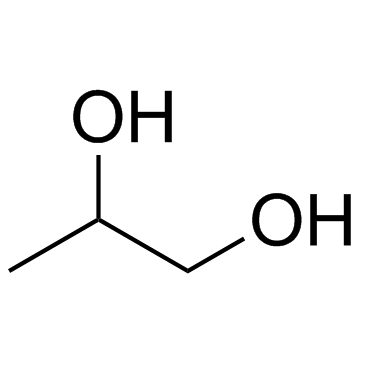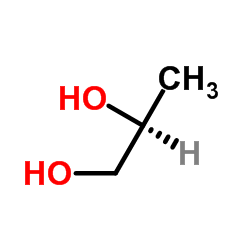| Structure | Name/CAS No. | Articles |
|---|---|---|
 |
Propylene Glycol
CAS:57-55-6 |
|
 |
Poly(propylene glycol)
CAS:25322-69-4 |
|
 |
(R)-(-)-1,2-Propanediol
CAS:4254-14-2 |
|
 |
(S)-(+)-1,2-Propanediol
CAS:4254-15-3 |